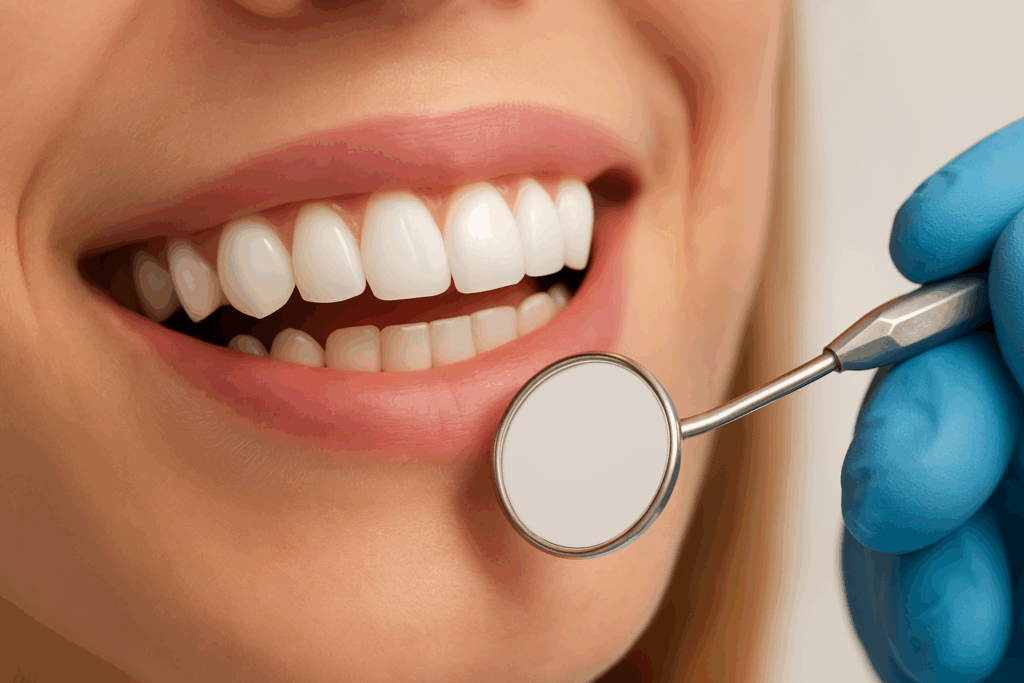After placing thousands of dental implants, your thinking starts to change when planning dental implants.
You stop asking where an implant can be placed and start asking what the final restoration needs to look like. You start asking what else is happening in this patient’s mouth. Occlusion. Periodontal status. Aesthetic expectations. Stability over time.
This shift from a surgical mindset to a restorative one is one of the most important transitions an implant clinician can make. Yet it is also one of the most overlooked.
As someone who mentors younger dentists and regularly supports complex treatment planning at Harley Street Implant Centre, I have seen a consistent pattern.
Clinicians are often too focused on the surgery and not focused enough on the restorative goals or the long term health of the full mouth.

Planning Is Not Just About Bone
It is easy to become preoccupied with surgical options. Bone volume. Implant length. Grafting possibilities.
But none of that matters if the final restoration does not meet the patient’s needs. Great implant dentistry is about more than what you can do surgically. It is about whether the implant supports a long lasting, functional, and aesthetic outcome.
So I ask myself simple questions
What is the patient’s caries risk?
Is there active periodontal disease?
How stable is their occlusion?
What does the lip line look like?
How do they want to feel about their smile at the end?
Even a technically perfect surgery can lead to a compromised result if these factors are ignored.
My Tip for Early Stage Clinicians: Think Like You Are Back in Finals
When a clinician presents to me a case they are finding difficult, I ask them to walk through the treatment as if they were sitting their final year clinical exam.
That means taking a full medical and social history, assessing all risk factors, completing a full mouth charting, defining restorative goals, understanding patient motivation.
It might feel simple, but it forces us to see the whole patient, not just the site where a dental implant might go.
Because dental implants do not exist in isolation. They exist in complex biological environments, with real habits, emotions, and expectations attached to them.
Why This Matters for Complex Cases and Full Arch Work
This way of thinking is even more important for those offering all on 4 dental implants or other full arch restorations. These cases demand exceptional forward planning and long term thinking.
If you skip steps, if you ignore occlusal issues, or if you rush to the surgical guide without understanding the patient’s health and expectations, the chances of revision or failure increase.
My Honest Advice for Planning Dental Implants
If you are at the start of your implant journey, here is my honest advice:
Do not go straight to the scan
Do not jump into the guide
Start with the patient. Not the bone.
That mindset will save you time, rework, and stress. And more importantly, it will help you grow into a confident, restorative led implant clinician who builds a reputation for excellent outcomes.
For any clinicians who would like to connect with me or have a chat, click here.
For any patients who would like to get in touch with our team to discuss dental implants, click here.